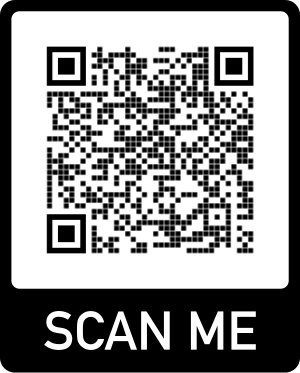UTM and QR Codes
What is a UTM Code?
UTM codes are tools used to track website visitors and their behavior. They can inform you about the effectiveness of your campaigns (GOTV, elect_x_candidate, or education) and can show conversions from platforms like Google, Facebook, or email. Both our premium and standard analytics dashboards, as well as our user data spreadsheets, showcase performance with UTM Codes.
You can use source, medium, and campaign codes in your links, and to help you, we have a tool to help you build them and resources to help you learn what they mean for your organization. Use our UTM builder to easily create yours. Please make a copy in order to make edits.
What do they look like?
UTM codes are added to the end of a url like this:
https://www.ballotready.org/?utm_campaign=example&utm_source=support&utm_content=customers
You can see that after the ‘?’ we have three UTM codes: campaign, source and content. Each one specifies what information you'll receive after the '='. In this case, utm_campaign=example will tell us that whoever clicked this link got it as an example, utm_source=support tells us that they clicked from an article in our support hub, and utm_content=customers means that this content is aimed at our customers. These UTM codes will come through the clickstream and basic user data.
You can also embed UTM codes directly in the widget if you're using multiple landing pages and want to track which traffic comes form which version of the widget. Here's our documentation about adding UTM codes directly to the widget.
Note: UTM codes embedded in the widget will override UTM codes in the url. If you want to use url-specific UTM codes make sure that you do not also have a UTM code embedded in the widget or you will lose that information.
What do they track?
Campaign
Tracking campaigns allows you to put all of the sub-content into one single group. For example, if you bought our product for multiple purposes and plan on multi-purpose distribution you will want to separate the campaign. You may have a GOTV campaign, you may be trying to attract new members/subscribers, or your campaign may just be based on the election (primary, special, etc…)
Source
If you are running distribution on many platforms you’ll want to include this. Whether it’s facebook, email, linkedin, instagram, twitter or in_person.
Content
Most likely you are running multiple pieces of content for each campaign. For example if you are running a GOTV campaign you may have different images for ads and you’ll want to differentiate the content in order to track each ad’s. Or if you are running multiple ads on a page that have identical goals you’ll want to differentiate from navigation bar traffic and footer link traffic.
Term
You’ll use this if you are running a paid Google AdWords campaign to highlight the search and display traffic. Otherwise leave it blank.
Medium
This is for tracking where the visitor generally came from e.g. social media, QR code, or CPC (google ad). This is not necessary for tracking and you may leave blank.
Note: You may use upper or lowercase but make sure each UTM code is consistent so you don’t have Facebook for one ad and facebook for another. Additionally, leave no spaces for phrases like Mobile Friendly.
How do QR Codes fit in?
QR Codes are bar code lookalikes that can help direct traffic to your site. It’s very mobile friendly and can go well with any physical products like a mailer/flyer.

You can generate free QR codes here: https://www.qr-code-generator.com/ just make sure to mark that it is through a QR code in utm_medium. The reason to mark qr_code in medium instead of source is because you can use the qr code on facebook, flyer, website or an email so you still want to make sure it’s from that source.
If you have any further questions about UTM or QR codes, please reach out to your Customer Success Lead.
